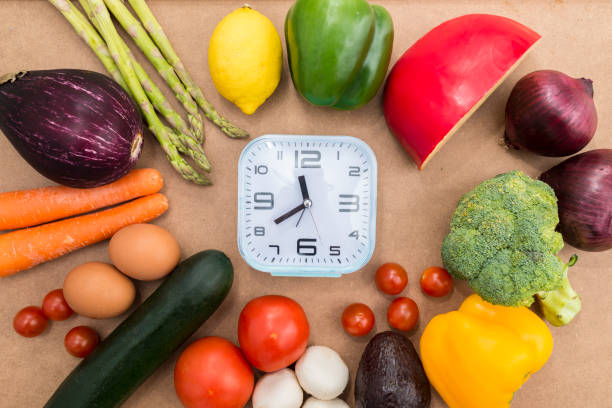Seasonal ingredients to refresh your weekly meals
Refreshing your weekly meals with seasonal ingredients is an efficient way to add variety, improve flavors, and reduce food waste. By paying attention to local produce and adjusting pantry staples, you can simplify mealprep and create satisfying recipes, snacks, sauces, and beverages that highlight the best flavors of each season.

How can seasonal ingredients change your cooking techniques?
Seasonal produce often arrives at its peak texture and flavor, which invites simpler techniques that highlight the ingredient rather than mask it. Roasting, quick sautéing, and light braising can concentrate sweetness in root vegetables and preserve the brightness of spring greens. In summer, grilling and quick pan-searing emphasize fresh tomatoes, stone fruits, and tender herbs. Adapting techniques to the season also shortens prep time: less heavy stewing in warm months, more one-pan meals when produce is abundant. Small adjustments in salt, acid, and heat often amplify natural flavors.
What recipe ideas use seasonal flavors effectively?
Build recipes around a single star ingredient and complement it with pantry staples. For example, a late-summer tomato and basil pasta needs only olive oil, garlic, and a splash of vinegar to shine. In autumn, pair roasted squash with toasted seeds, a grain, and a tangy sauce. Winter citrus can be used in vinaigrettes, baked goods, or slow-simmered sauces to brighten hearty dishes. Keep recipes flexible so you can swap the central produce as availability changes through the weeks.
How should you stock a pantry for seasonal mealprep?
A season-ready pantry balances shelf-stable essentials with the flexibility to support fresh produce. Include canned tomatoes, good-quality broths, a few vinegars, dried beans, grains, and an array of spices. In colder months, preserve seasonal herbs with freezing or drying; in warmer months, keep jars of herb oil or quick-pickles on hand. Having a reliable set of sauces—mustard, soy sauce, and a basic hot sauce—helps you finish dishes quickly. Stocking items that extend produce, like jars for fermenting or vacuum bags for freezing, reduces waste and streamlines mealprep.
Can fermentation extend seasonal produce and alter flavors?
Fermentation is a practical way to preserve seasonal vegetables while adding complex flavors. Quick ferments, like refrigerator pickles or yogurt-based slaws, can be ready within days and transform cucumbers, cabbage, or radishes. Longer ferments—sauerkraut or kimchi—add probiotics and umami that pair well with simple grains and proteins. Fermented condiments, such as chutneys or miso-based sauces, concentrate flavors and offer an easy way to introduce depth to weekday meals. Safety and cleanliness are important; follow tested recipes when trying longer ferments.
What mealprep strategies work best with seasonal produce?
Batch-cooking components rather than full meals gives flexibility: roast a tray of seasonal vegetables, cook a grain, and prepare a simple sauce to mix and match across several meals. Make a large jar of vinaigrette to dress salads or steamed vegetables throughout the week. Use freestanding snacks—like roasted chickpeas or seasoned nuts—from abundant harvests to keep energy up between meals. Freezing portions of sauces, soups, or fruit purées preserves peak-season flavors for later use and reduces last-minute reliance on processed options.
How to pair beverages, snacks, and sauces with seasonal dishes?
Think of pairing as balancing dominant elements: match acidic, bitter, sweet, or fatty notes in food with complementary beverages and sauces. Bright citrus or tart berry beverages cut through fatty dishes; floral or herbal infusions complement lighter vegetable plates. Snacks such as spiced nuts, roasted seeds, or simple cheese boards echo textures and flavors of seasonally driven mains. Sauces made from roasted vegetables, herb-forward pestos, or quick ferments can transform simple proteins and grains into cohesive meals. Taste and adjust seasoning to harmonize the whole plate.
Seasonal cooking is both practical and creative: it encourages you to notice what’s abundant, to simplify technique, and to lean on pantry staples that amplify freshness. By combining mindful mealprep, a few preservation methods like fermentation, and thoughtful pairings of sauces and beverages, you can keep weekly meals varied and flavorful without overcomplicating the process. Experiment with one new ingredient each week and build a repertoire of adaptable recipes that evolve with the seasons.





